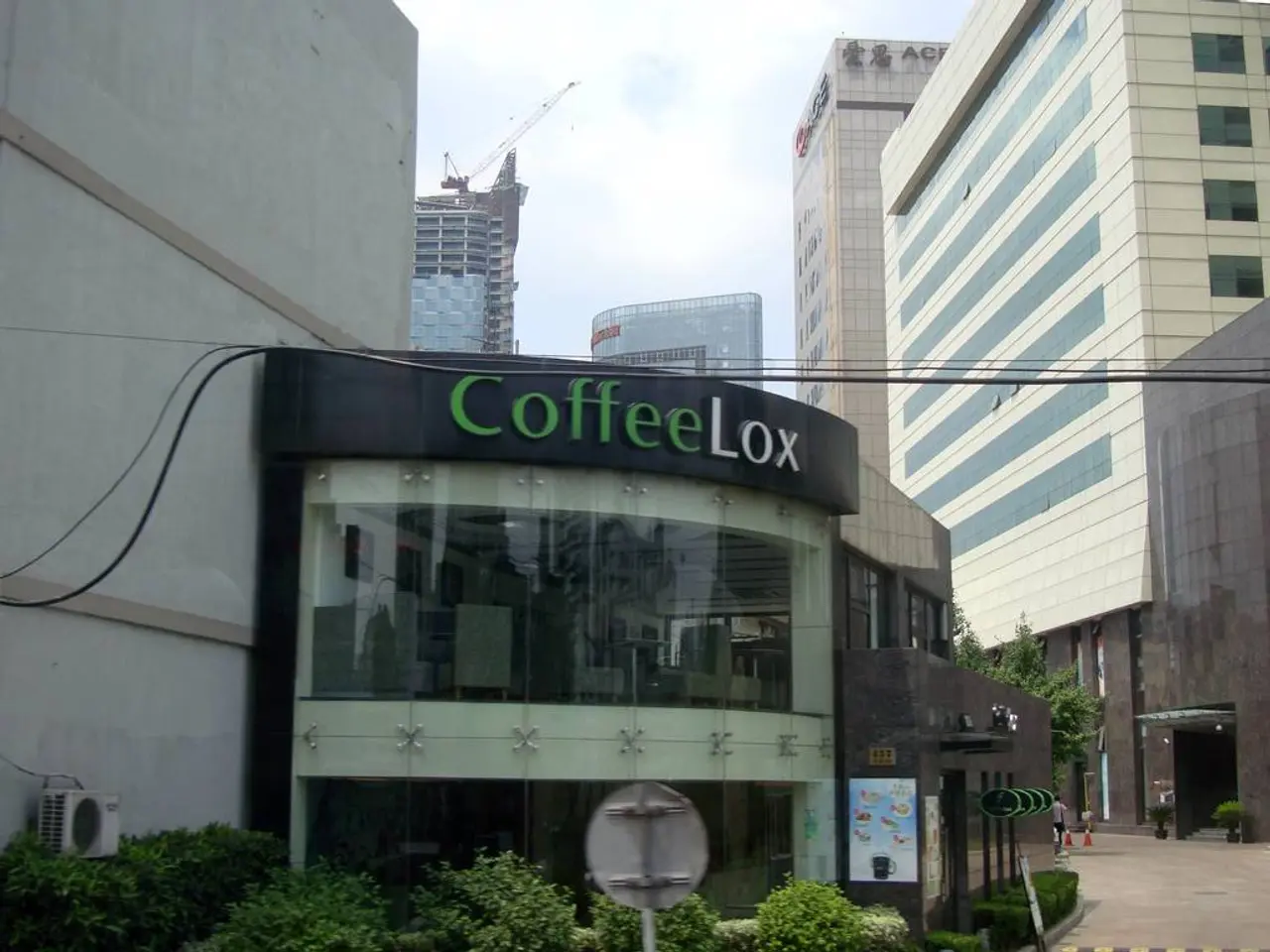Commissioning processes aren't solely focused on energy efficiency savings.
=====================================================================================================
In the world of commercial real estate, a building's EnergyStar score and overall efficiency are crucial factors in attracting tenants and maximising property value. One tool that is gaining traction in this regard is ongoing commissioning, a practice that is not only energy-saving but also offers a host of additional benefits.
Dean Taylor, the owner of a commercial building and a Certified Energy Manager (CEM), serves as the Director of Analytics. Taylor's building, equipped with the Analytika solution, undergoes ongoing commissioning, a practice that has proven to be beneficial in numerous ways.
One of the most significant advantages of ongoing commissioning is improved occupant comfort. By ensuring that HVAC and other building systems operate as intended, it optimises temperature, air quality, and lighting conditions, leading to a more comfortable environment[1][2].
Another benefit is the extension of equipment and system lifespan. By identifying and addressing issues early, commissioning reduces wear and tear on mechanical and electrical assets, thereby extending the life of expensive building components and deferring capital replacement[1][2].
Ongoing commissioning also enhances operational reliability and safety. It helps ensure systems run safely and reliably, reducing the risk of unexpected breakdowns or hazardous conditions[1].
In terms of sustainability, ongoing commissioning supports the meeting of evolving environmental regulations, reducing greenhouse gas emissions, and maintaining compliance with standards like LEED and ENERGY STAR, aligning with broader corporate sustainability strategies[1][3].
Moreover, ongoing commissioning provides valuable diagnostics and documentation that inform maintenance priorities and strategic capital investments, improving long-term asset management[2]. This results in reduced maintenance costs and fewer emergency repairs, decreasing downtime and operational disruptions[5].
Buildings that operate smoothly, offer comfort, and demonstrate sustainability credentials tend to attract and retain tenants better, improving occupancy and potentially property values[3]. Furthermore, ongoing commissioning can verify space conditions (temperature & humidity) in cases of tenant complaints.
Compliance with building codes and evolving regulations is another advantage. Commissioning helps verify that building systems conform to current codes and standards, reducing the risk of fines or penalties[1][3].
Beyond energy savings, ongoing commissioning acts as a proactive quality assurance and performance optimization process[1][2]. In fact, Taylor's building saw an approximate 10%-15% premium on his expected closing prices due to ongoing commissioning[6].
The Analytika solution provided key support documentation in the seller's Pro-Forma, demonstrating its importance in the commissioning process. In essence, ongoing commissioning is a valuable tool for commercial building owners, offering a comprehensive approach to maintaining and improving their properties.
References:
[1] ASHRAE. (2017). ASHRAE Guideline 0: The Commissioning Process. Atlanta, GA: ASHRAE.
[2] US Department of Energy. (2021). Building Commissioning. Retrieved from: https://www.energy.gov/energysaver/building-commissioning
[3] US Green Building Council. (2021). LEED v4.1 O+M: Operations and Maintenance. Retrieved from: https://www.usgbc.org/leed
[4] ENERGY STAR. (2021). Building Commissioning. Retrieved from: https://www.energystar.gov/buildings/best-practices/building-commissioning
[5] National Institute of Building Sciences. (2021). Whole Building Design Guide: Commissioning. Retrieved from: https://www.wbdg.org/resources/commissioning
[6] Taylor, D. (2021, July 1). Personal communication.
- Dean Taylor, the owner of a commercial building, observed a 10%-15% premium on his expected closing prices due to the ongoing commissioning process implemented in his building, which highlights the significant financial benefits of sports like ongoing commissioning in the commercial real estate sector.
- Improved operational reliability and safety is another benefit of ongoing commissioning in a commercial building, as it helps ensure systems run safely and reliably, thereby reducing the risk of unexpected breakdowns or hazardous conditions, just as a well-maintained sports team minimizes the risk of injuries and downtime.








